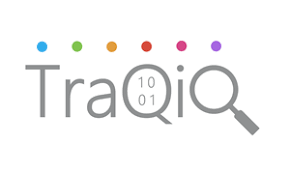Last-mile delivery aims to transport or deliver an item to its recipient in the quickest way possible. Consumers look for alternatives if a company fails to deliver top-notch supply chain services which include user-friendly last-mile delivery software. The success, and perhaps the survival of a business depends on keeping their customers happy, which is what makes the last-mile distribution network so important.
COVID-19 has altered many aspects of our daily lives and nothing is more noticeable than the soaring demand for last-mile delivery. Once regarded as a ‘valuable addition’ has slowly transformed into a ‘must-have’ capability. It has become increasingly important for a business to differentiate themselves from others in their last-mile delivery strategy.
While most of the bigger companies look to build and develop their last-mile delivery network, it has been seen that some of the smaller companies prefer to partner up with DNCs to handle the delivery.
The traditional approach to last-mile delivery which is owning an operational fleet poses a high risk and added costs whereas a delivery network carrier (DNC) model enables retailers to transfer a portion of the risks to one or more DNC providers. DNC providers often adopt a “gig” mindset, which allows companies to transact and operate at a fraction of the cost of retaining and operating a delivery fleet.
During these uncertain times with evolving business landscapes, the rapid development of technologies, and increasing customer expectations, an appropriate solution today might not be the right choice tomorrow. Careful consideration is required when deciding on the right delivery model for your business.
How can TraQiQ help?
TraQSuite, by TraQiQ, is a unique, flexible, and responsive platform, that will ensure timely customer service, increase productivity, and business profitability. TraQSuite analyses customers’ omnichannel behavior and using leading data analytic tools and AI models for commerce, it can deliver real-time, automated, and targeted recommendations with personalized content across all customer touch points.
For more information regarding TraQSuite,




























